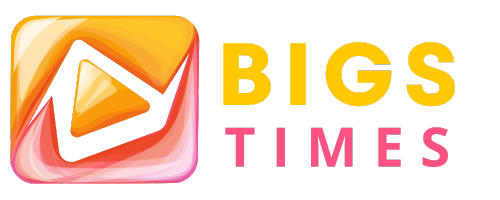Introduction
In today’s fast-paced world, staying productive has become more important than ever. Whether you’re working remotely, managing a team, or trying to balance personal tasks, having the right tools can make all the difference. In this article, we will explore the top 10 free productivity tools 2025 that can help you save time, stay organized, and accomplish more every day.
H2: What Makes a Good Productivity Tool?
Before diving into the list, it’s important to know what to look for in a productivity tool:
-
Ease of Use: Tools should be intuitive and simple to navigate.
-
Features: Look for apps that cover multiple productivity needs (task management, collaboration, reminders).
-
Accessibility: Cloud-based apps that work across devices are ideal.
-
Integration: Tools that integrate with your existing apps save time.
H2: Top 10 Free Productivity Tools in 2025
H3 1. Notion
Features: All-in-one workspace for notes, tasks, and databases.
Why It’s Great: Flexible templates, collaborative features, and cross-device support.
H3 2. Trello
Features: Visual project management using boards, lists, and cards.
Why It’s Great: Ideal for organizing tasks and tracking project progress easily.
H3 3. Todoist
Features: Task management with due dates, priorities, and labels.
Why It’s Great: Helps you focus on daily tasks and long-term goals efficiently.
H3 4. Google Calendar
Features: Scheduling, reminders, and event management.
Why It’s Great: Seamless integration with Gmail and other Google apps.
H3 5. Slack
Features: Team communication with channels, messaging, and file sharing.
Why It’s Great: Keeps team discussions organized and reduces email clutter.
H3 6. Clockify
Features: Time tracking and reporting.
Why It’s Great: Helps you measure productivity and identify time-wasting activities.
H3 7. Evernote
Features: Note-taking, task lists, web clipping, and organization tools.
Why It’s Great: Capture ideas and keep everything organized in one place.
H3 8. Asana
Features: Project and task management with timelines and boards.
Why It’s Great: Great for team projects and tracking progress visually.
H3 9. Microsoft To Do
Features: Task lists, reminders, and daily planning.
Why It’s Great: Simple, clean interface and integrates well with Microsoft 365.
H3 10. Zoom
Features: Video conferencing and collaboration tools.
Why It’s Great: Keeps teams connected and enhances virtual collaboration.
H2: How to Choose the Right Tool for Your Needs
-
Assess Your Workflow: Identify where you need help – task management, time tracking, or team communication.
-
Test Multiple Tools: Most free tools offer basic plans — experiment and pick what suits you best.
-
Prioritize Integration: Choose tools that sync with your existing apps for seamless workflow.
H2: FAQs
Q1: Are free productivity tools really effective?
Yes! Many free tools provide robust features that are sufficient for individuals and small teams.
Q2: Can free tools replace paid productivity apps?
For basic to intermediate needs, yes. Paid apps may offer advanced features, but free tools often cover the essentials.
Q3: How often should I update my productivity tools?
Regularly check for updates and new features every few months to optimize your workflow.
Q4: Are these tools safe to use?
Yes. Stick to official apps and trusted providers to ensure data privacy and security.
Conclusion
Boosting productivity doesn’t have to be expensive. With the right free productivity tools 2025, you can manage your tasks, stay organized, and save precious time without spending a dime. Start by picking one or two tools from this list, integrate them into your daily routine, and watch your efficiency soar. Don’t forget to explore new features and optimize your workflow continuously!

